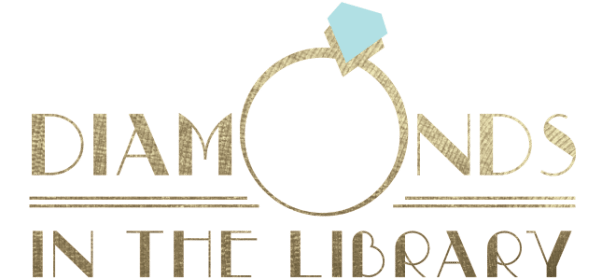Tell the Wolves I’m Home: A Novel by Carol Rifka Brunt.
This book is: quiet, eerie, beautiful.
Other elements: growing up, sisters, art, alcoholism, AIDS, family secrets, being a teenager, music, being an outsider, the sacredness of objects, Mozart’s Requiem.
Read it: if you can identify with a young girl who likes to hide in the woods alone so that she can pretend to be in the Middle Ages.
Overall rating: 9/10
Watching people is a good hobby, but you have to be careful about it. You can’t let people catch you staring at them. If people catch you, they treat you like a first-class criminal. And maybe they’re right to do that. Maybe it should be a crime to try to see things about people that they don’t want you to see. – Page 4
I really liked this book. I thought it was written in absolutely the perfect tone. Every time I picked it up, I was absorbed immediately. I never had to stop myself from skimming or hurrying as I read it – the book’s events unfolded perfectly in their own soft pace and I was content to let them wash over me as I read.
I don’t mean to say that this book is slow or lacking in action; that’s certainly not the case. This book gave me the feeling that I get when I’m inside wrapped in a blanket and it’s raining or snowing out. It’s sweet and sad and wonderful.
All my parents’ music came from greatest hits albums. It was like the thought of getting even one bum track was too much for them to handle. – Page 76
The jumping off point of this novel is a traumatic event: a young man named Finn has died of AIDS and the reader witnesses as the protagonist, Finn’s 14 year old niece June, and the rest of her family renegotiate their lives after his loss. June is a dreamer and a bit of an odd duck both in her school and in her family – her Uncle Finn was her closest friend.
One of the elements that resonated most with me was the relationship of the protagonist, June, and her older sister, Greta. Sister relationships are complicated, especially when the girls in question are anywhere near high school age. Brunt did a marvelous job of capturing June and Greta’s complicated dynamic: the inside jokes, the vicious fights, the taunts, the frustration, the desire to be close some days and hurt each other on others – all of it underlined by the bone-deep certainty that they would always have each others’ backs when things are serious, no matter what. I put down this book more than once after a scene with Greta and June to give my own sister a call.
By the end of the book the reader is also treated to a foil of June and Greta’s relationship: the relationship of their mother and her brother, the late Uncle Finn. The relationship of June’s mother to her brother and how it has affected the whole family’s lives is one of the main factors that helps June to grow during the course of the story. It’s learning more about her mother’s past that helps June starts to see both her mother and her uncle as fallible people who have lived lives of their own.
I sat on a bench and my mother stood in front of me, looking down at the track. Her hair was cut short, and because it had turned gray when she was twenty-three, she always had it dyed a deep chestnut brown. It was that color all over except for a super thin strip at the top of her head, where the gray showed through. Sometimes I wanted to touch that place on my mother’s head, that thin crack where her real self had forced itself through. – Page 164
Also, how great is that cover? And I love the title. Mysterious and appropriate.
This is a wonderful book. It’s on the sad side – most of the Goodreads reviews call it a tearjerker, although I didn’t feel that way – but beautiful and full of meaning.


I have never heard of this book, it sounds great! Adding it to my TBR pile.
Marlene Detierro (Fishing Deschutes River)
It’s really fabulous – I hope you like it!
This looks amazing. I don’t think I would have necessarily picked up this book but your post makes me curious now